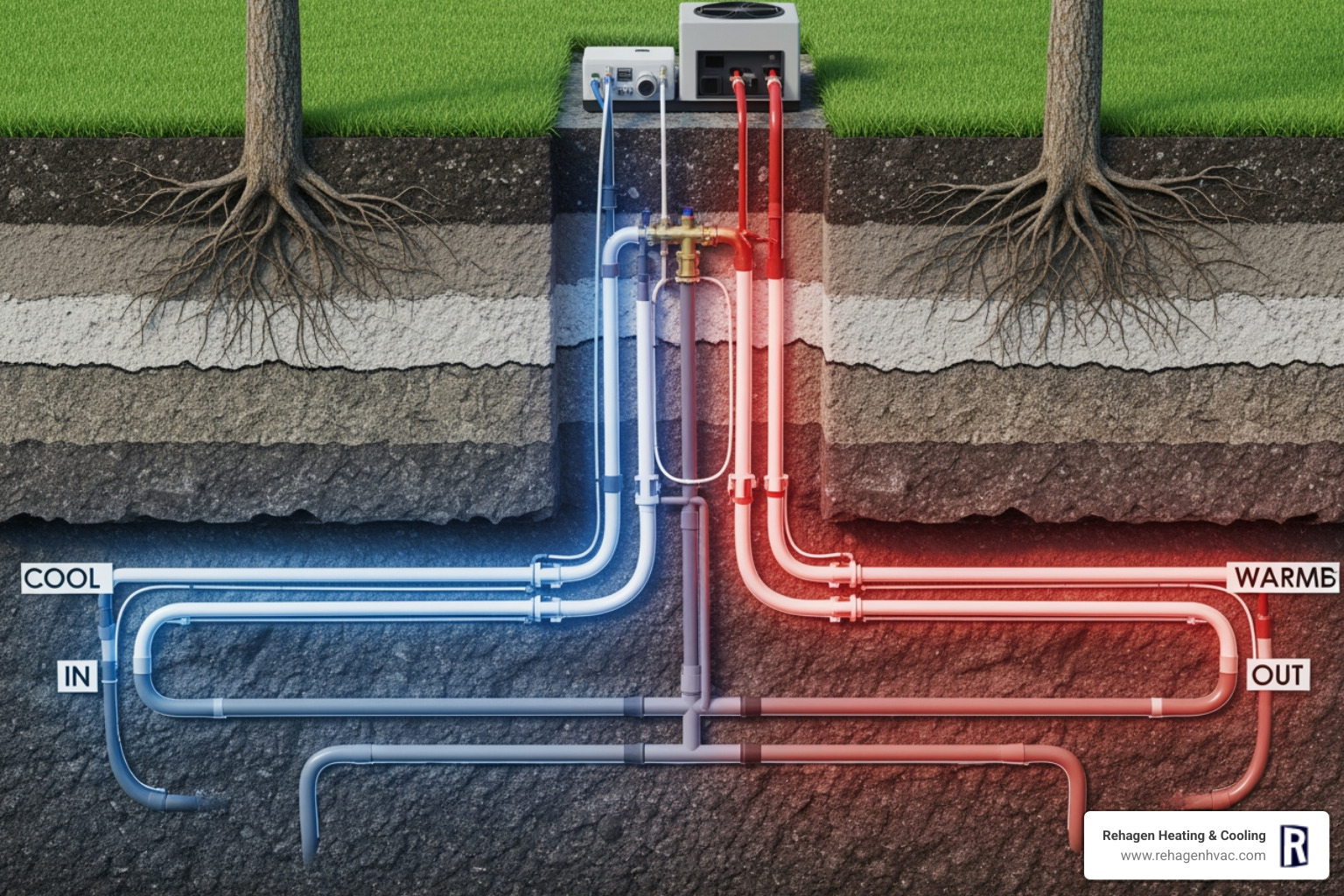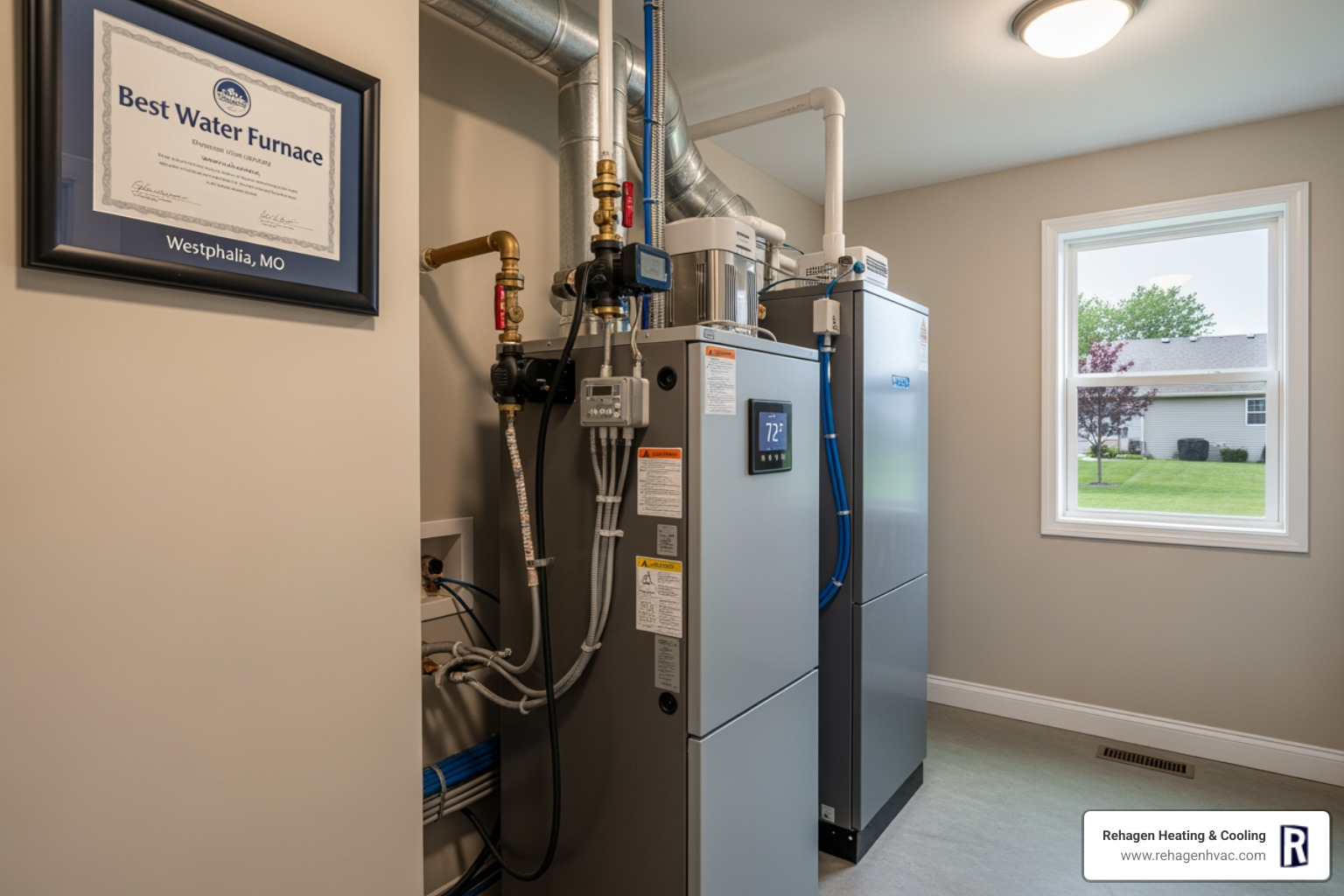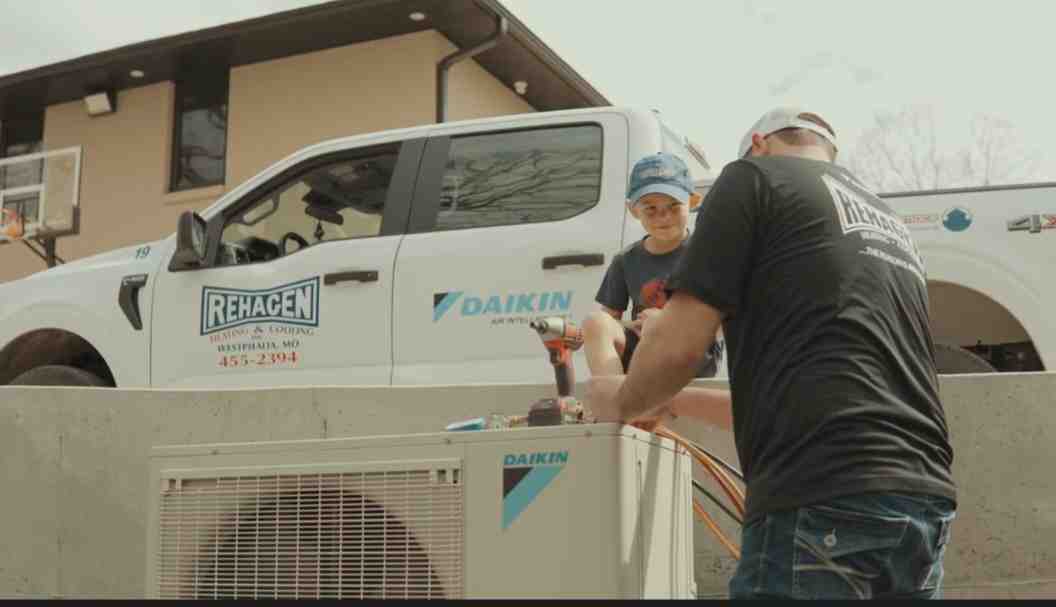


When your AC runs as often as it does during summers in California, it’s understandable to feel unsettled when your circuit breaker keeps tripping. Maybe it happens shortly after the system kicks on or during the hottest part of the day. Either way, when the breaker trips repeatedly, the cooling comfort in your home takes a serious hit. Beyond discomfort, this issue could be a sign that the air conditioning system is in distress and it won’t fix itself.
Ignoring a tripping breaker doesn't just put your AC at risk. It can signal safety issues with your home’s electrical setup or ongoing damage to critical components in your system. At a minimum, an unchecked issue could result in higher repair costs down the line. That’s why it’s important to understand what’s causing the problem. Here are some of the most common reasons a breaker might trip, and what you should be looking out for.
Overloaded Circuit
One of the leading causes of a tripping AC breaker is an overloaded circuit. Each circuit in your home is designed to carry a limited electrical load. When that limit is exceeded, the breaker trips to prevent overheating and damage.
In many California homes, multiple appliances may be running at once such as dishwashers, laundry machines, and microwaves especially during summer when the cooling system is working overtime. If the AC shares a circuit with other high-use appliances, the electrical demand may exceed capacity.
Overloads can also occur when the AC itself is working too hard. For example, if the system is too small for the home’s square footage or if it's operating constantly on extreme heat days, it could draw more power than the circuit is meant to handle.
To help prevent this from happening:
1. Avoid plugging other high-energy appliances into the same circuit that runs your AC.
2. Make sure the AC unit is the right size for the home.
3. Have your system inspected regularly, especially before peak use seasons.
4. Consider an electrical panel upgrade if your home is older or if you have added more appliances in recent years.
If the breaker continues to trip after taking these steps, the issue may lie deeper in the wiring or within the AC unit itself.
Short Circuit
A short circuit is another common reason for a tripping breaker. This happens when electrical current strays from its intended path, typically due to damaged wiring or failing connections. When a short circuit occurs, a large amount of current flows through the wrong path, which instantly triggers the breaker.
Inside an AC unit, there are several components that could potentially short out. A wire insulation breakdown, a loose connection, or moisture buildup inside the unit can all cause a short. Sometimes pests chewing through wires can lead to this problem too.
You might notice warnings like:
- The breaker tripping immediately when you turn on the AC
- A burning smell coming from the unit
- Buzzing noises near the panel or unit
Because dealing with short circuits involves live electricity, this isn't something to troubleshoot on your own. Contact our professionals to inspect the system and make any repairs safely. Addressing this early can help you avoid severe damage to your AC or dangerous electrical risks in your home.
Ground Faults and AC Performance in California Homes
A ground fault happens when an electrical current finds an unintended path to the ground, typically through contact with metal, moisture, or damaged wires. When this occurs, the current suddenly surges outside the normal circuit, which causes the breaker to trip. In some cases, a ground fault can pose a serious safety risk or signal that moisture has made its way into places it shouldn’t be.
In AC systems, ground faults can stem from several conditions. A cracked component in the outdoor condenser, for example, might let in water from a sprinkler or rainy afternoon. If the system’s protective wiring insulation becomes worn or chewed through by pests, it may also create a path for the current to drift into unexpected areas. Even damaged ground fault circuit interrupters on connected outlets can lead to issues.
Here are some ways to reduce the risk of ground faults affecting your AC:
1. Inspect outdoor units for signs of water pooling or excessive moisture.
2. Keep sprinkler heads directed away from the condenser.
3. Have older wires, especially those exposed to weather or pests, checked routinely.
4. Schedule regular AC inspections to spot cracked insulation or wiring early.
If you’ve ruled out overloads and short circuits but your AC still trips the breaker, it may be worth having our professionals test for ground faults. Some problems aren’t easily spotted on the surface and need more advanced testing to find the source.
Worn or Failing AC Components
When key components in your AC unit stop working the way they should, your system may try to compensate by working harder. This strain often leads to higher electrical use and sudden breaker trips. Some of the parts most likely to cause this include:
- The compressor
- Blower motor
- Fan motor
- Capacitors
- Contactor switch
For example, if the compressor starts to fail, it might struggle to start and draw a spike of power every time it kicks on. That startup surge can overwhelm the circuit. Similarly, if a motor begins to overheat or gets stuck, the system may draw more electricity than is safe.
To catch these problems early, it’s best to listen for changes in how your system sounds. Loud clunks or high-pitched humming can be signs that a part inside isn’t operating correctly. A broken or clogged fan, for instance, might not spin at its required speed, triggering heat buildup and, in turn, a tripped breaker.
Regular maintenance is the best way to stay ahead of these problems. Our technicians can safely test system performance, check electrical loads, and replace worn parts. Making these repairs before peak summer heat hits can save you from bigger problems later on.
Aging Electrical Systems and AC Breaker Trips
Some homes in California were built long before high-efficiency air conditioners or modern appliances existed. If your electrical system hasn't been updated in years, it might not be equipped to keep up with your cooling demands. An outdated circuit panel or mismatched wiring can cause the breaker to trip due to weak or inconsistent current flow.
Signs your home’s electrical system may be struggling include:
- Flickering lights when AC turns on
- Breakers that trip frequently without heavy appliance use
- Warm breaker box or outlets near the AC system
- Increasing frequency of electrical issues in multiple areas
Older systems often lack the power capacity to run today’s cooling units properly. A professional inspection can identify whether your panel, breakers, or wiring need to be upgraded. During an AC installation in California, upgrades like these may be required to meet code and prevent unsafe electrical strain.
If your AC is new but continues to trip, the issue might not be the unit itself. It could be the home’s outdated wiring failing to support the demand. Updating the whole system may feel like a big step, but it’s sometimes the only long-term fix that ensures reliable cooling.
Maintaining Efficient AC Performance in California
When an AC breaker keeps tripping, it's usually a sign that something deeper is going wrong. It might be pulling too much power, suffering from damaged parts, or being held back by faulty wiring. Tripped breakers aren't just annoying. They can point to hidden hazards that damage your system or your home's electrical setup.
Homes in California rely heavily on AC during the hot summer months, which makes steady performance a must. Taking steps like scheduling consistent tune-ups, spotting moisture near outdoor units, or updating old panels can make all the difference. If your home or system has been in use for over a decade without inspection, a check-up can reveal issues before they lead to full system shutdowns.
When there's a problem, it's best to have our professionals take a look. It's the safest and most accurate way to diagnose and fix what's causing the breaker to trip. Avoiding trial and error keeps you safe, protects your system, and helps you keep your home cool when it matters most.
Keep your home cool and safe by addressing electrical issues as soon as they arise. If you are considering AC installation in California, Rehagen Heating & Cooling, Inc. offers reliable solutions to help you maintain an efficient system. For a quick estimate or to book a service visit, please contact us today.
Related articles
request service












